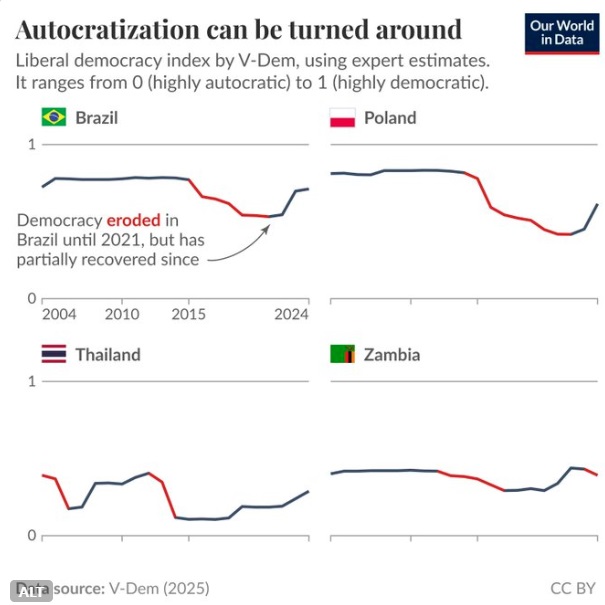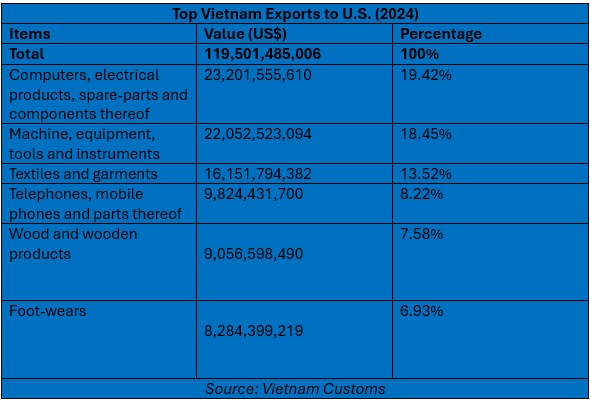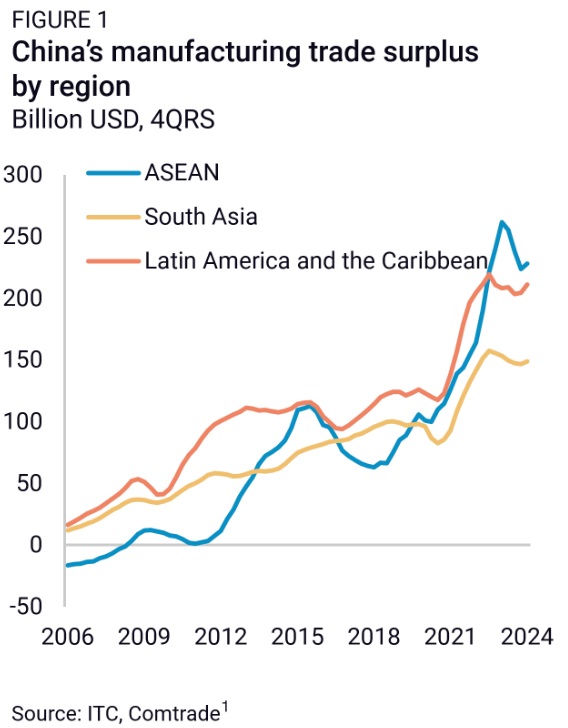There’s no better place to be than New Orleans during French Quarter Festival, which we attended for the third time last week. Featuring only musical acts from Louisiana, and all free, the festival had 22 stages strewn throughout the Quarter. Where else could you go from the street of The Rumble to Jelly Joseph’s soft-kiss-of-summer vocals to Soul Queen of New Orleans Irma Thomas to a full-on Bounce gospel performance by Big Freedia? New Orleans is chock full of the most creative, talented musicians anywhere in the world, as well as characters of all kinds. One late night we sat at the bar of Napoleon House, sipping a Pimm’s Cup, munching on a muffuletta. The guy sitting next to us heard us talking about Vivaldi, which the bar was playing over its speakers. He noted he had been coming to the bar for 50 years back when they played Vivaldi on a turntable. He was sipping his usual Nocello plus an espresso. The beverage buyer for Napoleon House later told us he has to make sure they keep enough Nocello in stock. Our bar neighbor told us he was 79-years-old and a lawyer. He said he had represented the NFL players’ union in lawsuits against the NFL, and because of this was named lawyer of the year. He said all this in a beautiful New Orleans drawl, as charming as the seasonal Pimm’s Cup poured by the bartender.
But when he left the bar and we looked him up on the Internet, we discovered the only two things he had told us that were true were his age and that he had been a lawyer. He was disbarred over a decade ago and sentenced to 52 months in prison for stealing a quarter of a million dollars from his football player clients, whose careers had been cut short by injury. A decade before that he had been sued by his own law partner for absconding with money. In fact we discovered a slew of other charges against our charming bar mate over the years. And we should note he had been a personal injury lawyer before being disbarred. He was, it appears, the Better Call Saul of New Orleans. While discovering this on our phone sitting at the old wooden bar, a bust of the French autocrat perched in front of us, we took a gulp of our Pimm’s Cup, and reached to make sure our wallet was still in our pocket. Only in New Orleans and only here can you read about reversing democratic decline, the predictable Vietnamese response to tariffs and China’s competition with developing countries. It’s this week’s International Need to Know, finding con men wherever we turn while deriving global data and international information.
Without further ado, here’s what you need to know
Reversing Democratic Decline
To steal an old public service announcement line, “A democracy is a horrible thing to waste.” Democracies can and do decline. But they can come back too, as Our World in Data documents in the cases of Brazil, Poland, Thailand and Zambia, all four of which became more autocratic and then restored their democracies. In the chart below from Our World in Data you can see the decline in democracy in red as measured by the Varieties of Democratic Project. But notice after the declines, Brazilians, Polish, Thais and Zambians managed to reverse the authoritarian trend to one degree or another (though Zambia unfortunately is once again declining). As Our World in Data puts it, “…in each case, people resisted growing authoritarianism. As a result, these countries were able to partially or fully restore previous levels of liberal democracy. These examples show that when democracy deteriorates, its fate is not sealed, and democratic institutions can be reclaimed.” My fellow Americans, we have work to do. Our fate is not sealed.
Vietnam and the Tariffs
We will return to Vietnam later this year and have been communicating with businesses and organizations in recent weeks in preparation for our trip. You will undoubtedly have read that the Trump administration placed a 46 percent tariff on goods from Vietnam and then paused the tariff for 90 days. Vietnam is negotiating to keep the tax on American importers permanently in abeyance. Even before the announcement of the 46 percent tariff, Vietnamese officials offered to reduce their tariffs on American goods to zero and pledged to buy more American products. In their defense of this tariff rate, MAGA trade stormtroopers kept claiming that almost all of the goods coming from Vietnam are Chinese products transmitted through Vietnam. But 97 percent of what the Trump administration and its supporters say are nonsense, lies or wild distortions. Three percent of the time they drunkenly stumble onto the truth but not in the case of Chinese goods transmitting through Vietnam. Only a small percentage of goods exported out of Vietnam are transmitted from China. Indeed a few years ago we had lunch with someone working for the U.S. Embassy who tracked such efforts. Almost everything Vietnam exports they have added value to. We have toured a shoe factory in Vietnam, for example, that assemble shoes. The components come from many parts of Asia, but the shoes are manufactured in this factory. Apple AirPods are made in Vietnam as are an increasing number of electronics. So Vietnam will now try to negotiate with the Trump administration, as will a host of other countries. But if you think this will somehow lead to fairer, more balanced global trade, remember this: Work on a new $1.5 billion Trump golf course near Hanoi starts next month. We’re back in the 19th century.
China Corner: Competing With Developing Countries
The current focus is on U.S.-China competition around trade. But the countries that China actually is harming with its relentless focus on retaining all manufacturing and exporting more and more is actually developing countries. As Rhodium Group’s report, How China’s Overcapacity Holds Back Emerging Economies notes, “The combination of weak domestic demand and expanding industrial capacity increased China’s manufacturing trade surplus by $775 billion between 2019 and 2023—more than Belgium’s entire GDP.” Yes, China’s trade surplus with the U.S. has ballooned in recent years but so too has China’s surplus with developing countries. Again Rhodium reports:
This growth has been across the board, but emerging and developing economies experienced particularly substantial increases (Figure 1). For example, China’s manufacturing trade surplus with ASEAN more than doubled between 2019 and 2023, rising from 3% to 6% of the region’s GDP (Figure 2). The surplus with Mexico reached 3.8% of Mexico’s GDP in 2023, up from 2.7% in 2019. In comparison, China’s surplus with the EU as a share of the EU’s GDP increased by 0.5 percentage points, and its surplus with the United States remained flat as a share of US GDP.
But the current U.S. administration is incapable of understanding such concepts. It’s policies will neither help the United States nor its natural emerging market allies.





